Dota 2 is done for 2020. The pro scene is currently in limbo and it’s unlikely that another major balance update will arrive in the coming weeks. With the calendars set to flip, it’s worth taking a look over a year’s worth of Dota 2.
2020 was a generally difficult year for Dota 2. The game itself struggled in many ways, and the esports scene was hit particularly hard. Here are the best and worst Dota 2 stories of 2020.
Valve’s poor leadership means no TI10, DPC
The ongoing travel limitations around the world will be a running theme here. In most esports, there were certainly some growing pains early on, but once travel restrictions were dealt with and best practices were established things actually looked mostly normal in esports. While Activision Blizzard, Bluehole, and Riot Games stepped up to keep their games’ esports scenes going, Valve stepped back and offered little beyond silence.
That isn’t necessarily new from Valve, but in the context of 2020 it resulted in frustration for both fans and pro players unlike anything seen before. Valve has traditionally enjoyed the benefit of the doubt with those in the industry. This year saw a number of personalities blast Valve’s handling of things on social media.
The worst part is that none of it had to be this way. According LGD Gaming owner Pan “Ruru” Jie, Valve’s Chinese partner Perfect World offered to run The International 10 in Shanghai with support from the local government. Given how Riot Games was able to put together its 2020 World Championship without incident in similar fashion, this likely could have gone down without issue.
For whatever reason, Valve just didn’t go through with it. At the moment, Valve is planning to restart the Dota Pro Circuit in January, but few details are known despite the fact that the action will supposedly start within just a couple of weeks. The good news is that if it does start, there are likely some cool new features to promote Dota 2 esports.
- Dota 2 pros left in limbo by Valve's silence
- Valve stops TI10 from being saved
- Dota 2 pros turn on Valve
Diretide, Hoodwink’s launch remind fans of how Dota 2 used to be
Once upon a time, limited-time game modes were a regular thing in Dota 2. Between Diretide, Wraith Night, the Greevling, New Bloom, and others, fans regularly had the chance to mix up their Dota 2 experience. This was in addition to heroes being added regularly and smaller events like Nemesis Assassin being held.
As time went on, Dota 2 events got weaker. Since 2015, most of them have been locked behind a paywall and many are essentially a regular game of Dota 2 with some manner of extra currency that was used on a giant, uncontrollable monster. Not coincidentally, Dota 2’s player count has been on a steady decline since.
But things changed a bit in 2020. Not long after Aghanim’s Labyrinth was put on the shelf, Valve rolled out Diretide 2020. The game mode was one of the best ever seen in the game, and came with new trimmings including a unique filter, extra rewards, and more.
Once Diretide ended, the Mistwood Update came out. The patch added new hero Hoodwink along with an enormous gameplay update.
That steady stream of new content is something Valve hasn’t delivered in over five years and it’s actually led to year-over-year improvements in monthly player counts. Hopefully Valve can keep this going in 2021 and beyond.
- How to build Hoodwink as core or support
- Fans grump over Hoodwink, Windranger similarities
- Mistwood Update adds hidden files for DPC expansion
Dota 2 teams such as 4 Zoomers living on low wages
Dota 2 has always had a problem attracting and retaining multi-game esports organizations outside of China. Organizations including Dignitas, Immortals, Counter Logic Gaming, and mousesports have jumped in and out of Dota 2.
That’s not a bad thing for the likes of players at Team Secret or Team Nigma, who have made enough money to form their own organization. For almost everyone else, the lack of proper practice facilities, hardware, coaching, and steady income makes Dota 2 either difficult or a complete non-starter.
If you have a hard time imagining the effects of (relative) poverty on the Dota 2 scene, think of it like this: how would season 1 of the DPC have looked if Solo had been banned?
— Muriëlle 'Kips' Huisman (@Kipspul) August 1, 2018
There are plenty of examples of this, but 4 Zoomers in 2020 might be the most egregious example of this. Despite being the second-best North American team in Dota 2 at the moment, the team has $58,000 in prize pool winnings on the year. That averages out to $11,600 per player, which is below the poverty line in the United States. That’s before taxes and other expenses are accounted for.
The concept of a top North American team in one of the larger esports titles going sponsorless should be a ludicrous notion. There’s also no telling how good a squad like 4 Zoomers might really be, and there’s no question that they’d be even better with a coach and more structure around them.
Unfortunately, as with many other teams, they’re likely not going to have the chance to play up to their potential. There’s a chance they’ll be able to overcome this in the future, but these teams face a steep uphill battle.
- No sponsored teams left in NA Dota 2
- Cloud9 pulls out of Dota 2 yet again
- Kyle says Valve is killing Dota 2
Daily pro Dota 2 on tap once again
Coupled with the exodus of esports organizations from Dota 2 has been the evaporation of the tier-two tournament scene. The Dota Pro Circuit has shoved most of the smaller tournament organizers out of the space, which has basically left fans’ calendars empty for much of the year.
That wasn’t always the case. One only needs to look back on the results page for a Cloud9 or Evil Geniuses circa 2014 to see dozens of tournaments being played throughout the year. By the 2018-2019 season, it wasn’t unusual to see top teams compete in fewer than 10 events per year.
That hasn’t been the case in 2020. Following ESL One Los Angeles’ cancellation, the tournament calendar was absolutely flooded across all regions. For the first time in years, a Dota 2 fan could open up Twitch and find a live esports event to watch around the clock.
This wasn’t necessarily great for the pro players. That crush of action saw many burn out, and the lack of majors and cancellation of The International saw a lot of money vanish from the scene.
OG’s superstar lineup never competes on LAN
Dota 2 has seen a number of amazing all-star teams over the years, including the original Team Secret lineup, the TI4-winning Newbee, and most recently Elephant. The 2019-2020 DPC lineup for OG was set to be one of those teams, with the following squad of players:
- Syed “SumaiL” Hassan
- Topias Miikka "Topson" Taavitsainen
- Yeik "MidOne" Nai Zheng
- Martin "Saksa" Sazdov
- Johan “N0tail” Sundstein
The squad had a combined five The International championships, seven major championships, and approximately $18 million in total prize pool earnings throughout their careers. Not only that, but it brought together some of the biggest names from three different regions onto one team.
The first look at the team was good, too. The roster was almost flawless in the ESL One Los Angeles Major Europe qualifiers and defeated a number of top teams to earn a spot in the actual event. Unfortunately, that would be the only time the team actually competed as a unit.
After qualifying for the event, MidOne and Topson were stuck overseas due to travel restrictions. OG remained active but cycled in a variety of substitutes. By the time they were able to return, SumaiL was released to make room for a returning Sebastian “Ceb” Debs.
There were a number of exciting teams that ultimately never got the chance to be fully realized. Not seeing how great this lineup could have been is the worst, though.
GrandGrant, Tobiwan vanish after sexual misconduct claims
Dota 2’s broadcast desks looked a lot different towards the end of 2020. That stemmed from a number of sexual assault allegations against prominent personalities. The biggest cases of this revolved around Grant “GrandGrant” Harris and Toby “TobiWan” Dawson, both of whom were accused of sexual transgressions.
These cases are always saddening, but what made both of these particularly bad was how both men’s indiscretions were apparently well-known within the scene. GrandGrant had a history of toxicity against women that was bad enough that it reached the courtroom, but that didn’t stop Valve and most notable tournament organizers from hiring him. TobiWan’s misdeeds were also common knowledge, something Ted "PyrionFlax" Forsyth openly discussed in the aftermath.
Keeping quiet. A shameful thing to do.
— PyrionFlax (@PyrionFlax) June 25, 2020
Read: https://t.co/AKYKvXNC8K
The end result was a damning indictment of many of Dota 2’s major institutions. Valve didn’t even muster up a statement on the matter, and instead simply removed TobiWan’s voice lines from the game.









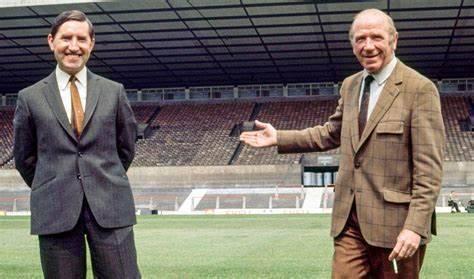
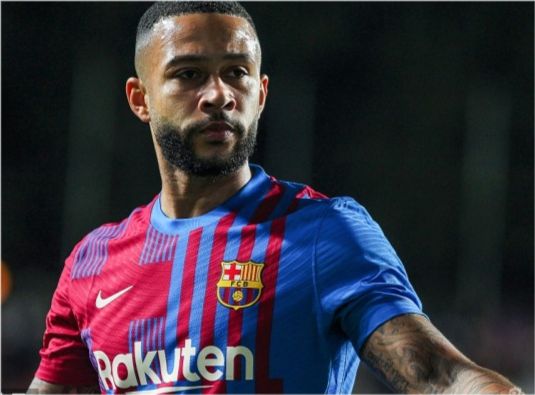
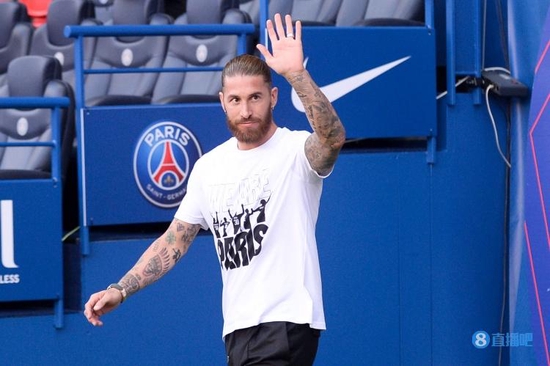


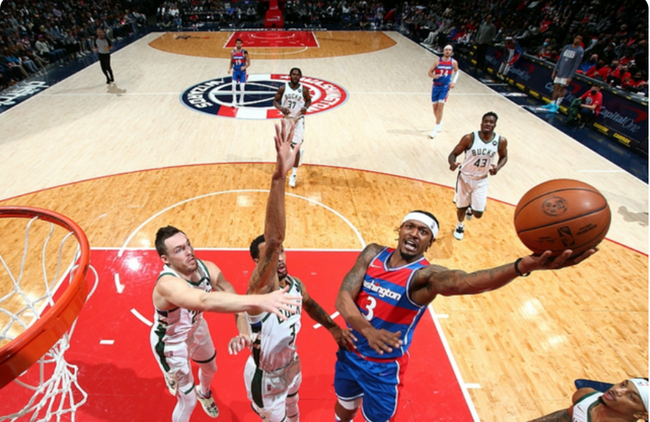
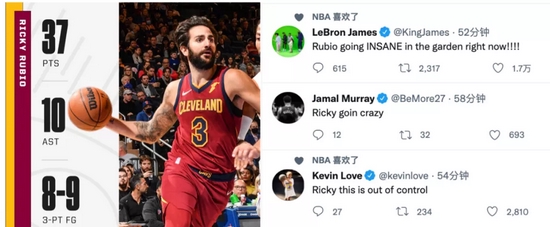

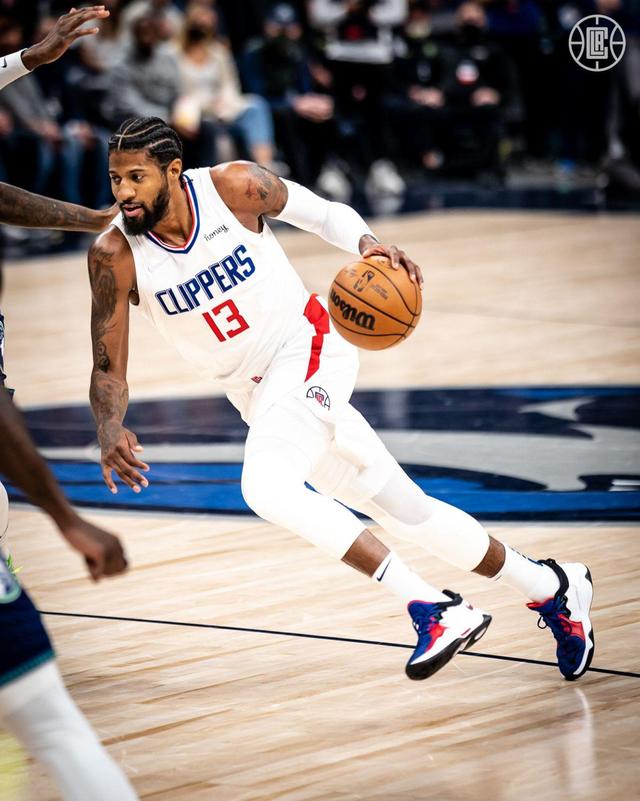
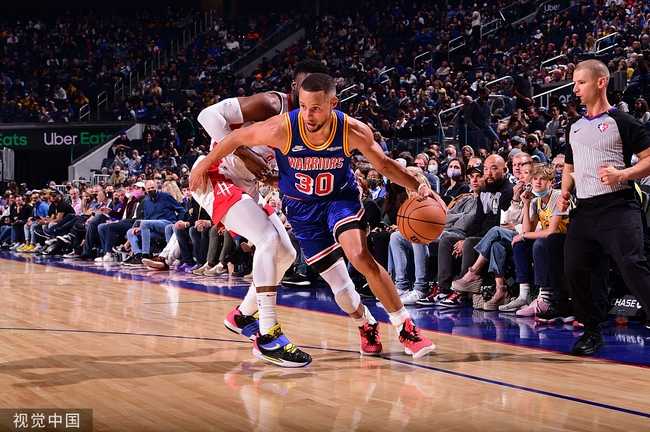
A writer is someone for whom writing is more difficult than it is for other people.
Teamwork begins by building trust. And the only way to do that is to overcome our need for invulnerability.